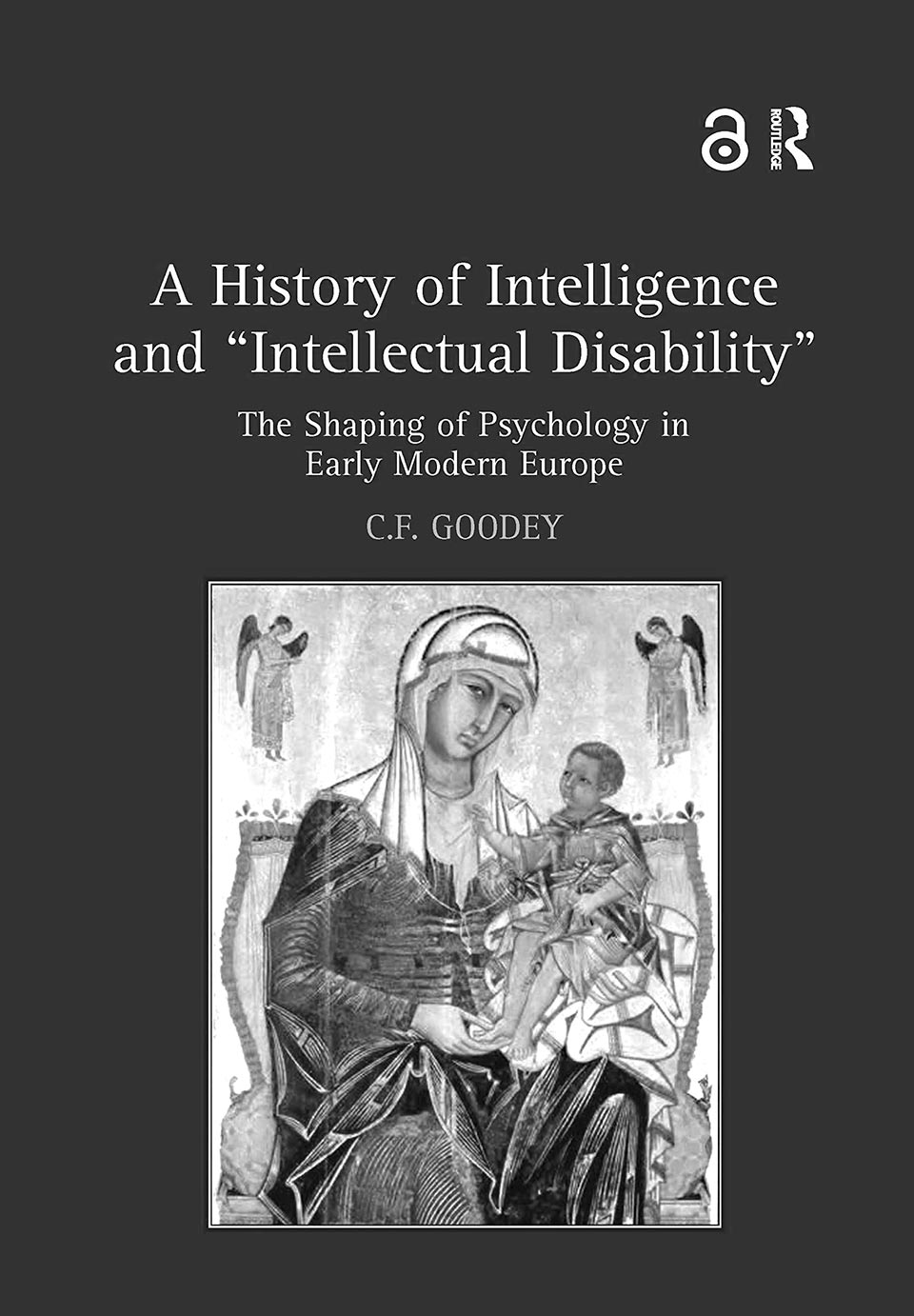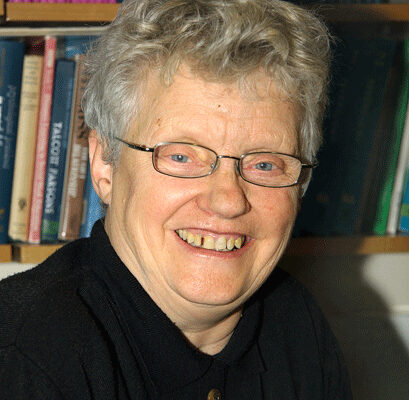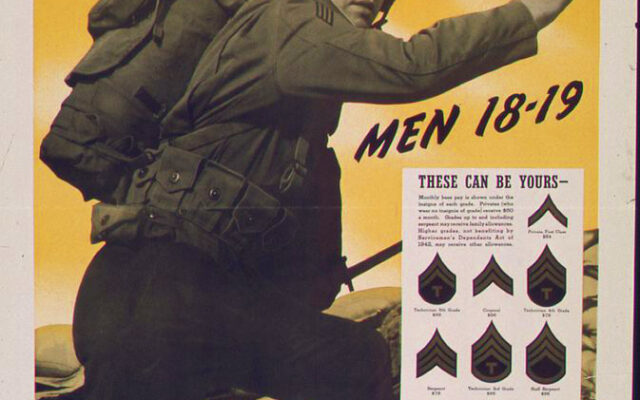
CF Goodey argued learning disability emerged as a concept in early modern religion then fluctuated to reflect contemporary concerns
For generations, historians ignored the history of people with learning disabilities, choosing instead to write about madness or of “great men” who had lost their reason.
The belief that those known variously through the ages as natural fools, idiots, changelings, imbeciles, morons, cretins, mental defectives, subnormals, the feeble‐minded, the mentally handicapped, retarded or impaired, the learning, intellectually or developmentally disabled, the developmentally delayed, those with learning difficulties and even the otherly abled were devoid of reason, meant that they were often seen as somehow less than human, and were passed over even when other marginalised groups were receiving attention from historians.
The history of learning disability has come in several “waves”.
First wave: the medical gaze
The first people to write about this history were medical clinicians and social scientists. Dominated by US writers and therefore focused on US issues, this wave started in 1904 with physician Martin W Barr’s book Mental Defectives: Their History, Treatment and Training.
Mental Defectives and the works that followed it cast the medical profession as the great saviours of people with learning disabilities, who were in turn stereotyped as passive (and voiceless) victims of a cruel life of abuse and misery that ended only with their “rescue” by the asylum system and its doctors. This imagined history was used to justify routine mass incarceration.
In the UK, this narrative was most notably adopted by social work academic Kathleen Jones, who said the beaten, chained “idiots” were rescued from the community by the enlightened Lord Shaftesbury and his 1845 County Asylums Act.
Second wave: social history and collaboration
A challenge to this dominant, medicalised approach came in the 1990s. Rejecting the assumptions of the previous era, the social history movement instead critiqued asylums and long-stay institutions.
The lives of learning-disabled people in the community before the asylum era were also re-examined, and found to involve complex tales of varying degrees of integration rather than a straightforward picture of marginalisation and abuse.
In a further departure, this work was informed by the voices of people with learning disabilities themselves.
The Social History of Learning Disability Research Group, based at the Open University, brought together academics and people with learning disabilities to co-produce oral histories, including activist Mabel Cooper’s life history.
In step with the self-advocacy movement, this collaborative approach enabled people with learning disabilities to bring their lived experiences of official policy and practice front and centre, challenging the official record using their individual life stories.
Third wave: cultural history and context
The social history movement was both progressive and influential, but still received criticism from a variety of quarters, one of which formed the next wave of historical interpretation.
Some historians questioned the very idea that “learning disability” was a stable historical concept – something that meant the same regardless of era.
CF Goodey led the challenge, arguing that what we might today understand as learning disability first emerged in late-17th century religious movements. He suggested the concept had fluctuated over time to reflect contemporary concerns and fears, rather than any universal truths about learning disability or the people who might have been given that label.
Treating each iteration of the concept in its historical context in this way also questioned the narrative of progress.
This approach also argued against the belief that each previous era was wholly cruel or wrong in its treatment of people with learning disabilities, and that only the current way of doing things was correct. This left space to analyse and criticise the status quo, using the stories of the past to illuminate the present.
The fourth wave? The historian activist
The self-advocacy and collaborative methods of the social-historical wave, combined with the cultural wave’s invitation to critique present policies and practices, can be seen in the next phase: the rise of the historian activist.
Historian activists are people with learning disabilities who are looking into the history for themselves, learning about how what happened in the past relates to their lived experiences, and identifying continuing forms of oppression. Using this knowledge, they produce their own histories in a variety of formats including exhibitions, videos and performances, and also fight for change
This article is based on: Jarrett S, Tilley E. The history the history of learning disability. British Journal of Learning Disabilities. 2022;50(2):1-11
Further information
Atkinson D, Jackson M, Walmsley J. Forgotten lives: exploring the history of learning disability. BILD; 1997
Barr M. Mental defectives: their history, treatment and training. Blakiston’s; 1904
Digby A, Wright D (eds). From idiocy to mental deficiency, historical perspectives on people with learning disabilities. Routledge; 1996
Goodey CF. A history of Intelligence and “intellectual disability”. Ashgate; 2011
Jarrett S. Those they called idiots: the idea of the disabled mind, from 1700 to the present day. Reaktion; 2020





